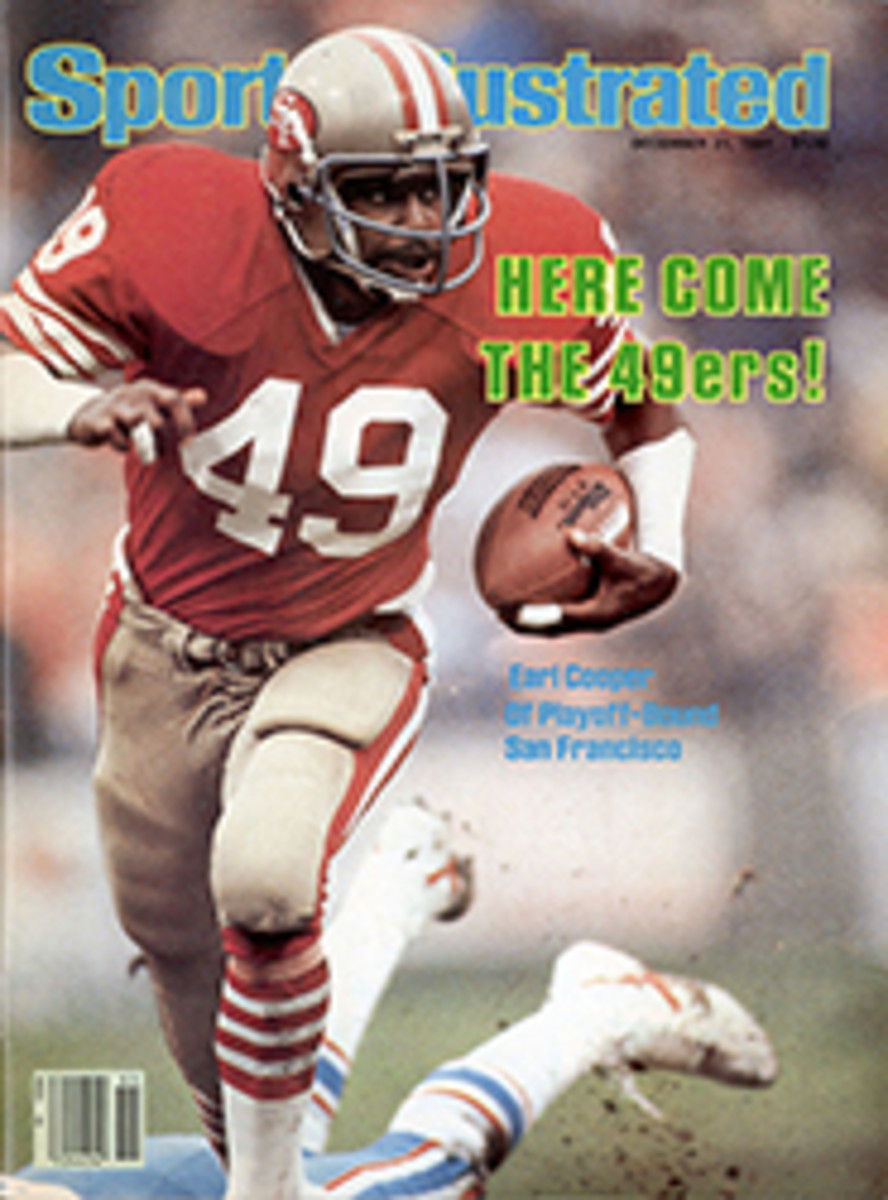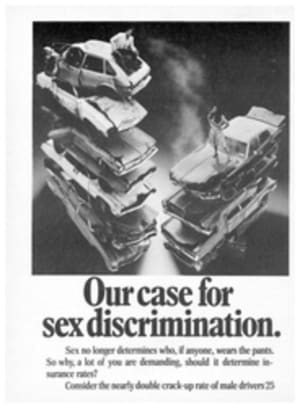
Now it's two for the money
Each summer and fall a parade of handsome young horses marches through the pavilions at the yearling sales in Keeneland and Saratoga. A lot of these youngsters are sold for hefty sums, although the bidders realize that some of the high-priced horses will never get to the races and most of them won't "win themselves out" on the racetrack by earning back their prices.
This year one has—at the tender age of two. His name is Stalwart. In 1980 Stalwart was the 14th highest-priced yearling sold at auction, bringing a final bid of $500,000 at Keeneland. Although he has raced only five times, he has won four in a row and $528,595 to become the second wealthiest 2-year-old thoroughbred in U.S. racing history. The richest was Buckpasser, who earned $568,096 in 1965, but he had to win nine of 11 races to do it. Although Stalwart's five starts were comparatively few for a 2-year-old, his four wins came at exactly the right place: California, where the big money is. Naturally he will be one of the favorites for next year's Kentucky Derby, and many Californians feel he is one of the best West Coast youngsters since Swaps, who won the 1955 Derby.
Whether Stalwart can be considered the top 2-year-old of 1981 is another matter. The 2-year-old picture is jumbled because of a series of upsets that occurred in major Eastern stakes, a spanking new year-round racing program in California, some late-developing horses of high quality that have appeared in the midlands, and the presence of a fine Canadian runner named Deputy Minister, five of whose eight victories were on his home soil. But he has also won two of the top U.S. events, the Laurel Futurity and the Young America at the Meadowlands. Perhaps most important, Deputy Minister picked up a lot of bucks along the way, $406,614.
Once upon a time, the amount of money a 2-year-old stuffed into his saddle bags was of little relevance in gauging his potential in the classic 3-year-old races. The sole object of 2-year-old racing was to allow young horses to take their slow, green steps toward maturity without too much pressure. That seems to have passed, mostly because of the bizarre developments of last spring. In May the management of Churchill Downs, fearing that the Kentucky Derby field was too large for safety's sake, cited a "condition of the race" instituted in 1975 that limited the Derby to 20 starters. It had been written after 23 horses ran in the 100th Derby in '74. The select 20 were to be chosen on the basis of money won. When the condition of the race was invoked last spring, lawsuits were filed by disappointed parties. Eventually, 21 horses ran for the roses, and Pleasant Colony, who was seventh on the money-winning list, won.
But what happened to those horses at the top of the list? Entering the Derby, the four leading money-winners were Bold Ego ($382,676), Well Decorated ($367,192), Proud Appeal ($341,976) and Tap Shoes ($307,676). They finished 10th, 16th, 18th and 14th respectively. The second-place finisher, Greentree Stable's Woodchopper, had not won a dime as a 2-year-old; in fact, he only raced once at two, finishing 10th in a maiden Special Weight race at Saratoga. Having won $160,105 in the pre-Derby 3-year-old races, he was 15th on the money list. So much for earnings as a measuring stick for judging young horses.
Yet the Derby must have some method to control the size of its field. As late as last Monday the board of directors at Churchill Downs was still debating what to do if there is another big field for next May's 108th running. As most horsemen expected, the track decided to keep its money-winning rule, with some minor modifications.
In 1981 the money rule became so crucial that one trainer, D. Wayne Lukas, kept a yellow legal pad at hand throughout the spring so that he could maintain a daily running tally of the winnings of the prominent 3-year-olds. Lukas' major concern was getting a colt named Partez into the Derby. Partez had won $77,621 as a 2-year-old, and Lukas has felt that Partez would need $100,000 to qualify at Churchill Downs. Lukas looked around for a spot to run his horse, found a grass race at Santa Anita in early April and dropped Partez in it, Happily, Partez won, and his total earnings of $105,521 put him 17th on the money list and in the Derby. He finished third. But in 1982 Lukas won't have to scratch too hard on his legal pad. He's the trainer of Stalwart.
One morning last week Lukas took Stalwart from his stall at Santa Anita and walked the beautifully bred bay out into the warm California sun. "I love this colt," he said. "He's a heck of a fighter. Of the five races he's run, he lost only the first when he was hit by a clod of dirt. Usually a thing like that would bother me, but I told his owner [Marvin L. Warner, former U.S. Ambassador to Switzerland] after the race, 'Marvin, just throw this race out. It's too bad to be true. If he ever runs that bad again, I'll be shocked.' "
After that first 5½-furlong race in June, Lukas decided to rest Stalwart until October and to run him only at longer distances. The strategy was sound. From Oct. 7 to Nov. 29 Stalwart rattled off his four straight wins, the last two coming in the Norfolk at Santa Anita and the Futurity at Hollywood Park. For several years the $234,650 Norfolk had been the West Coast's preeminent 2-year-old race, but with the advent of year-round racing in California, the Futurity, a new stakes that was inaugurated because of the increase in racing dates, has surpassed it. This year's Futurity grossed $715,100 and netted Stalwart a cool $365,805. Considering that New York's most prestigious 2-year-old race, the Champagne, carried a purse of only $150,250 this fall, it is clear that California is where the most money can be made. That is especially true now that West Coast promoters are offering huge purses in an effort to attract horsemen to the state's new races. Two of Stalwart's victories were at a mile, the other two at a mile and [1/16]th. Of the top 2-year-olds, only Stalwart and Deputy Minister have won as many as two major races on the dirt at a mile or beyond.
Because he has already racked up enough money to qualify for a Derby spot, Stalwart won't run again until March, and then he will have only a couple of races before going to Kentucky. "I will still keep that legal pad in my office," says Lukas. "I have 10 other 2-year-olds that might develop into Derby prospects, and every one of them will get a chance."
Stalwart is by the brilliant Hoist The Flag, the colt favored for the 1971 Kentucky Derby until he broke down during a workout at Belmont Park. Hoist The Flag ran only six times in his brief career, won five races and was disqualified from victory in the other, the Champagne. At stud he sired the European champion Alleged and the American champion Sensational, plus many other fine U.S. horses. Hoist The Flag, who died in March of 1980, was so highly regarded as a sire that the 14 of his offspring that were sold at auction in 1981 went for an average of $423,500.
When Stalwart won the Hollywood Futurity he was briefly passed in the stretch by another colt, Cassaleria, but Stalwart came on again to win by half a length. That was no small accomplishment because Cassaleria, a son of Pretense, is the winner of $219,070, which should certainly be enough to qualify him for the Derby, and is entered in another $100,000 race coming up at Hollywood Park on Dec. 23, the Auld Lang Syne Stakes. There are other respects in which Cassaleria is not your everyday thoroughbred. The colt has only one eye, his right, and is so claustrophobic that he can not be put in a stall. He is kept outside his barn in a pen by trainer Ron McAnally, who also trains John Henry. "The absence of an eye doesn't bother him," McAnally says, "probably because he lost it so early in his life." Cassaleria injured his eye while being foaled, and it was removed a week after birth. One-eyed horses usually don't run well, though there has been a notable exception. "The Horse In The Hathaway Shirt," as he was called, ran from 1956-60 and finished in the money 34 times in 63 starts. He also competed against the very best and was aptly named by his owner, the late Harry F. Guggenheim, who called the colt One-Eyed King because in the Land of the Blind....
But California isn't the only place with good 2-year-olds. This fall two colts racing in the midlands have come to the fore. D'Accord, a son of Secretariat owned and trained by Bertram Firestone, won three of four starts, including the Breeders Futurity at Keeneland, and $116,915. After losing his first race, D'Accord rattled off his wins by a total of 34½ lengths. Then in late November, a horse named El Baba (by Raja Baba), who had won his first three starts, added the Kentucky Jockey Club Stakes to become the only undefeated 2-year-old colt of any significance. El Baba has now earned $115,203, with an average victory margin of 7½ lengths. But the most intriguing thing about his win in the Kentucky Jockey Club Stakes isn't how he won, but where: Churchill Downs. In 1973 Cannonade won that same race and then returned the following spring to win the 100th Derby, the 23-horse stampede that brought on the 20-horse limit, the money-winning list and all the fuss.
PHOTO
Well-heeled Stalwart, who has won four of five starts, has trainer Lukas reaching high.
PHOTO
Claustrophobic Cassaleria has only one eye, but he looks good in winning $219,070.

